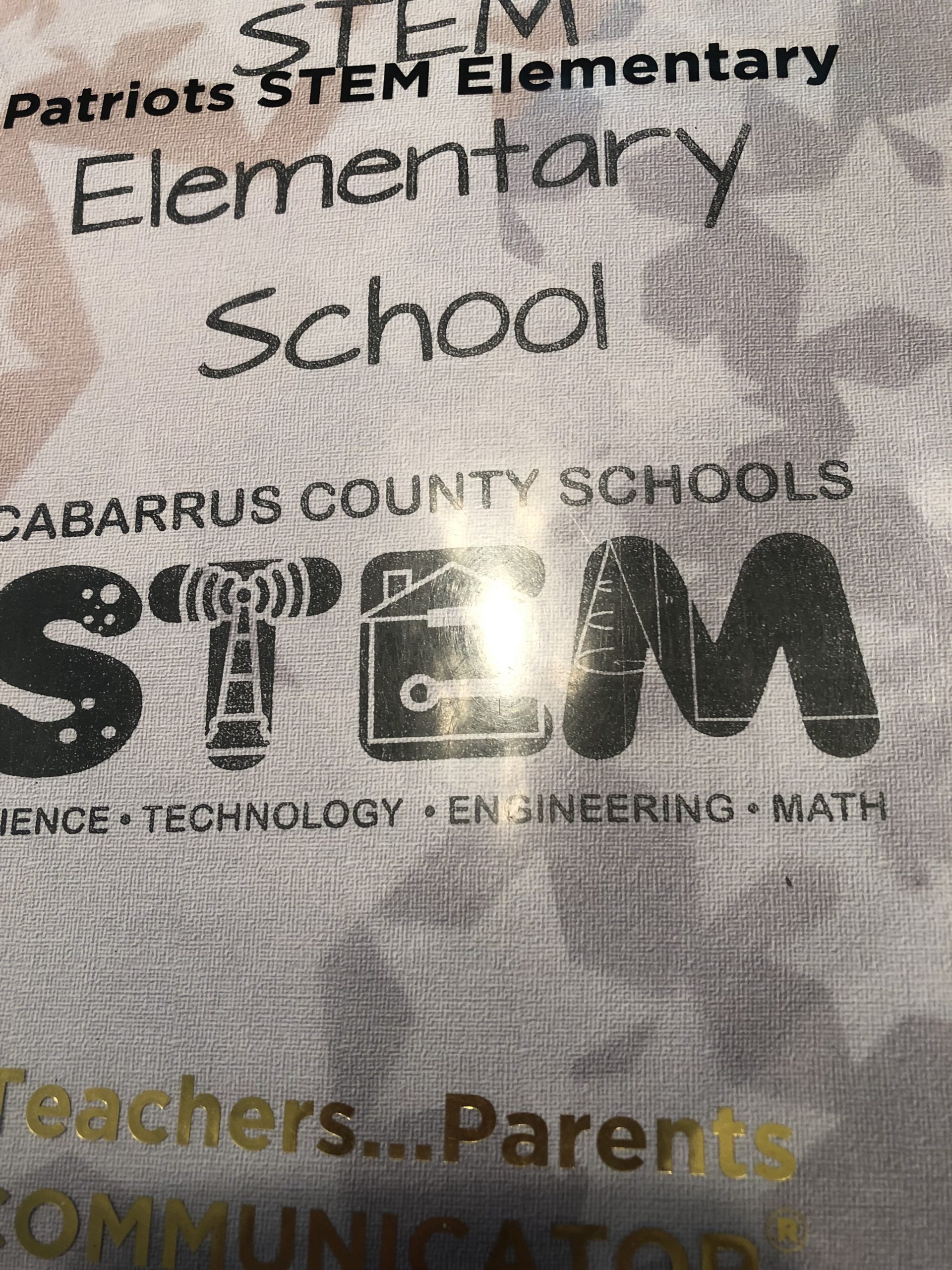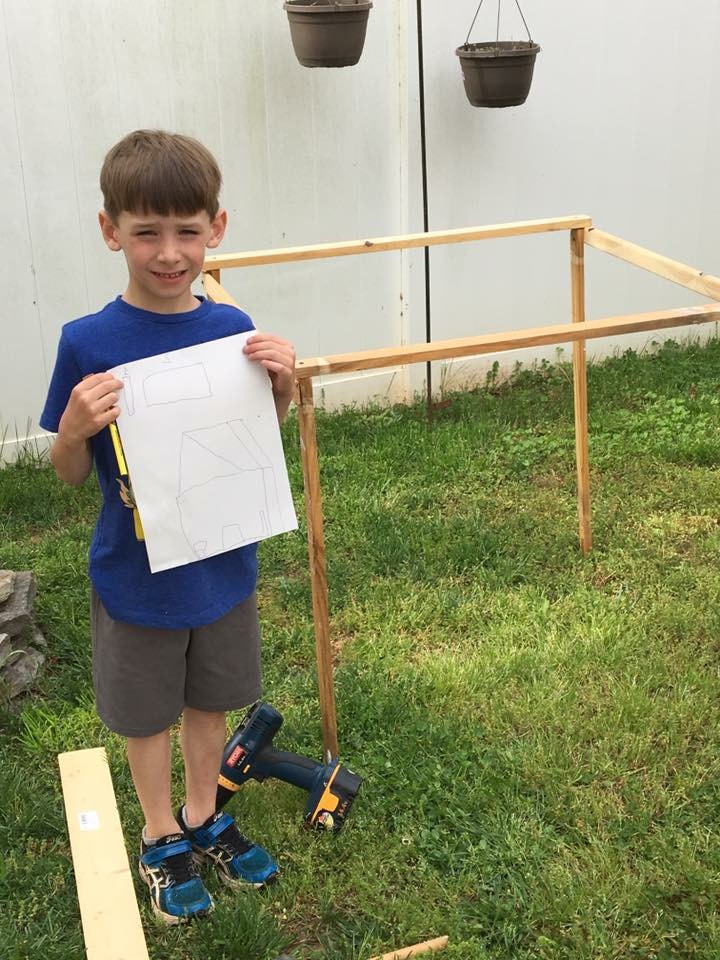SMET schools that stand for Science, Mathematics, Engineering and Technology claim to be STEM schools. They focus on these subjects. It’s a nationwide program for elementary students through high school. The goal of STEM is to encourage students to discover their interest in one of these subjects and pursue a career.
So, classrooms involved in STEM or SMET teaching are collaborative. Students are busy learning and working together.

What STEM Classes Look Like
These classes are busy. Students actively learn content through exploration and discussions.
• Mostly, students in the classroom behave as scientists. They record observations, experiment and research. Learning is inquiry based and/or project based. It is not rote memorization of facts. Nor does didactic teaching occur.
• Students learn the connection of STEM subjects to the real world.
• Science, Technology, Mathematics, and Engineering are integrated into other subjects.
• Engineering designs guide the process of the lessons. Students identify a problem. They create a design to develop a solution.
• In addition, students apply rigorous math and science content as they find solutions to a problem.
• As a problem is researched, a design presentation, at times, applies Art. Thus, STEM or S becomes STEAM (Science, Technology, Engineering, Art and Mathematics). Hence, the integration of another discipline.
• Lastly, STEM lessons permit multiple answers and approaches. Thus, no failures.
What To Look For
There are many schools across the United States that focus on future careers in Science, Technology, Engineering and Math. However, when choosing, make sure all administrators and teachers are committed to teach and integrate STEM (SMET) or STEAM courses. Thus, teachers must be highly qualified. They do not explain the how and why. They inspire students to find answers that are project based. Also, they integrate STEM classes into the overall learning.

Sum It Up
To be successful, STEM starts as early as first grade. Therefore, it is not just for students with an interest in science. Older students must have knowledge and understand the world of technology.
Schools that teach with STEM or STEAM offer a wealth of possibilities for creative solutions. Thus, students think out of the box. However, in the process, they experience failure, frustration and success. Students observe and keep notes on their project. With this, they learn from the failures and try again.




